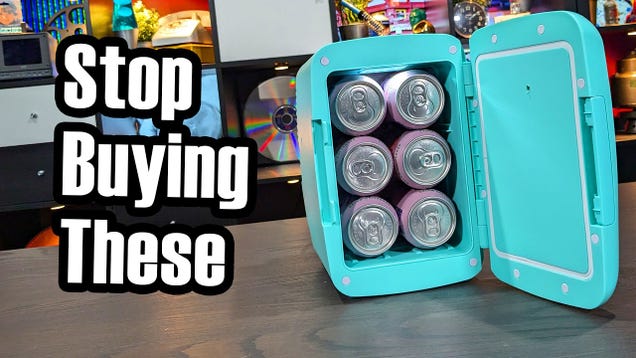For decades, if you wanted cold drinks on a road trip , your only option was to pack a cooler with a bunch of ice. It worked back then, and it still works today, but coolers are heavy and bulky, so it was pretty awesome when some automakers started adding built-in refrigerators in their cars. At least until you try to use one for the first time and realize it actually sucks at cooling drinks down.
So why is that? Well, a big part of the problem is that in-car refrigerators, as well as cooled (and heated!) cupholders, use a different technology than we’re used to at home. You know, the refrigerators that actually work. Instead, they forego refrigerant and a compressor and take advantage of what is known as thermoelectric cooling.
Basically, using a device called a Peltier element — named, of course, after French physicist Jean Charles Athanase Peltier who discovered the phenomenon — to cool a plate using nothing but electricity. On it’s own, that’s pretty neat. Just arrange a bunch of semiconductor junctions between two plates in the right way, and you can make one of those plates cold with some good, old-fashioned DC voltage.
Even better, manufacturing efficiency has improved significantly since the early 1800s, so Peltier elements have now gotten ridiculously cheap to buy. Pop one inside a box with some decent insulation, and you’ve just added a fridge to a car for very little money compared to traditional refrigeration without adding any moving parts. Except you.


















